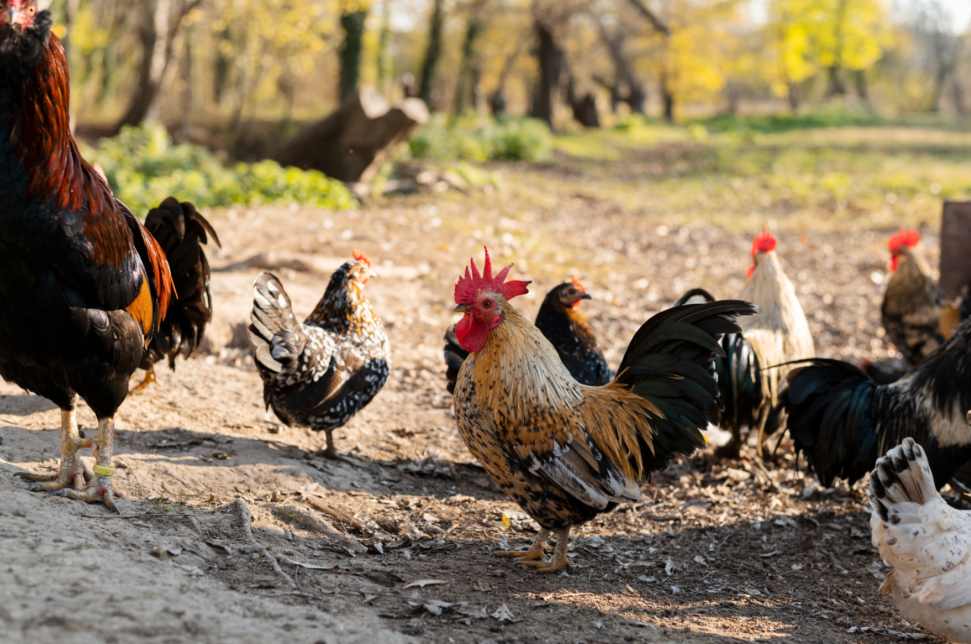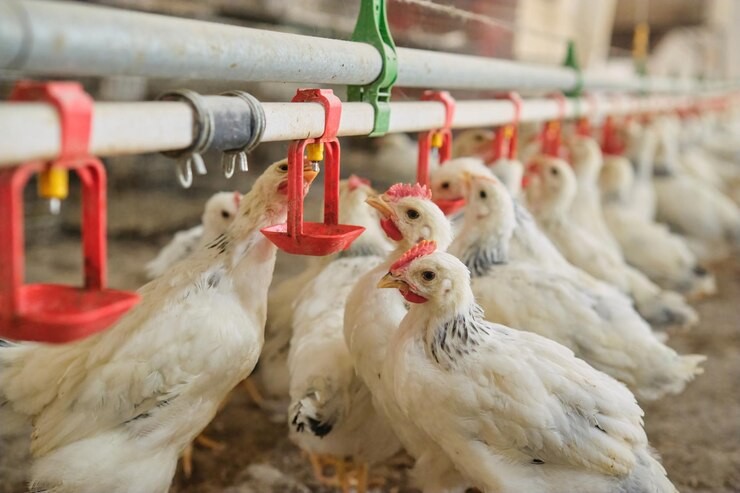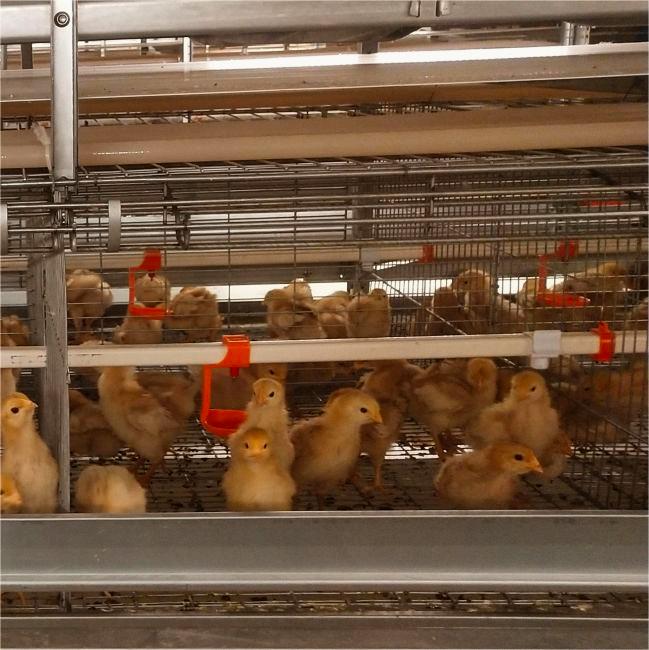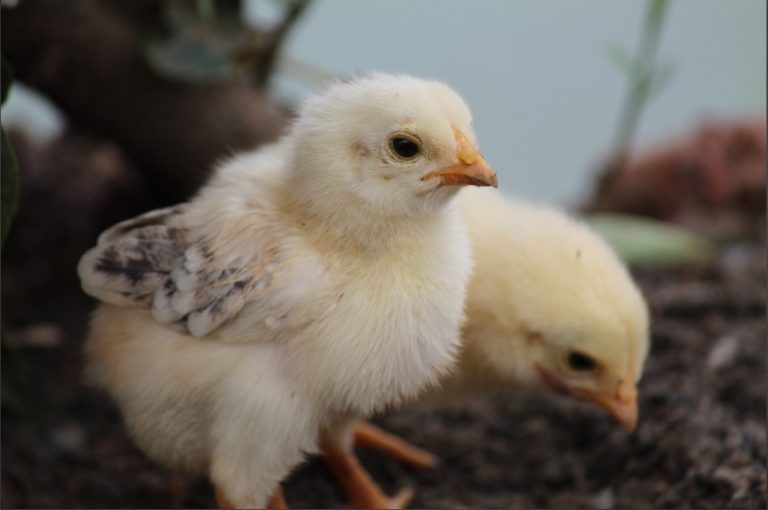Is Your Poultry Housing System Boosting or Hindering Your Earnings?
What Are the Different Types of Poultry Housing Systems?
Selecting the appropriate poultry housing system is crucial for profitability in poultry farming. The primary consideration is the housing system and fencing choices. The housing system impacts up to 40% of your success in poultry farming.
Extensive System
Extensive system: Fold and range unit. This setup allows chickens to wander and forage freely with minimal restriction. It’s cost-effective to establish. However, it’s less suitable for large-scale operations. It’s less productive. It also exposes birds to predators and diseases.
Semi-Intensive System
Semi-intensive system: Standard semi-intensive unit and straw yard. This approach balances freedom and control. Chickens enjoy some outdoor access. They are housed part-time. This makes management easier than the extensive system.
Intensive System: Deep Litter and Battery Cage
Intensive systems are preferred for commercial poultry farming. Two common types include:
Deep Litter System: Wood shavings or sawdust are spread on a concrete floor. All chickens are kept on this surface. The litter acts as a cushion for them. Many poultry farmers use this system. It improves efficiency. It simplifies managing large flocks compared to other methods. However, diseases can spread quickly during outbreaks. Identifying unproductive birds is also harder.
Battery Cage System: Metal cages are built inside a poultry house. These cages are divided into compartments for small groups of birds. They include feeding troughs, water troughs and laying nests. Though more expensive, this system boosts egg production. It also simplifies waste cleanup.
Free-Range System
Free-range system: Chickens roam freely to find food. This appeals to those seeking natural, healthy eggs. However, it carries risks like diseases, theft or predators. This makes it challenging for large commercial farms.

How Does Housing Affect Bird Health and Productivity?
Ventilation, Space and Cleanliness Considerations
Proper airflow reduces ammonia from droppings. This keeps birds’ lungs healthy. Adequate space prevents overcrowding. Overcrowding can stress chickens. It may lead to fighting or pecking. Cleanliness is essential to prevent disease outbreaks.
Healthy housing directly influences bird productivity. It affects feed conversion rates. It impacts mortality levels and egg-laying performance.
Disease Control Through Smart Housing Design
Your housing should simplify cleaning and waste removal. It should allow easy isolation of sick birds. Battery cages enable quick spotting and separation of sick chickens. Deep litter systems require more care. Diseases can spread faster in them.
Are You Using the Right Equipment for Efficient Poultry Operations?
What Essential Equipment Do You Need to Start Poultry Farming?
Choosing the right tools streamlines tasks like feeding and egg collection.
A comprehensive list of equipment and facilities is needed to manage a poultry farm effectively.
Feeders and Drinkers
Feeders distribute food evenly. Drinkers provide clean water. Both are vital for healthy bird growth.
Lighting and Heating Systems
Lighting affects egg production in layers. Heaters or brooders maintain ideal temperatures for chicks during brooding.
Waste Disposal and Sanitation Tools
An effective waste disposal system reduces odors, flies and diseases in the poultry house.
Cages, Coops and Egg Handling Equipment
Cages and coops optimize space use. Egg trays ensure safe handling and storage of eggs before transport or sale.
Zeus offers fully automated solutions for modern poultry operations. Their complete set of automated poultry equipment controls cage systems, feeding systems, ventilation systems, drinking water systems and manure cleaning systems.

How Can Poultry Equipment Impact Profit Margins?
Cutting Labor Costs with Automation
Automated feeders, drinkers, egg collectors and manure scrapers reduce manual labor needs. This significantly lowers operational costs over time.
Zeus breeding equipment includes material trays, water lines, lifting systems and housing systems. These are designed to simplify labor-intensive tasks efficiently.
Boosting Feed Efficiency with the Right Tools
Uniform feed delivery reduces waste. It ensures every bird gets enough food. This improves feed conversion ratios (FCR). Better FCR directly enhances profitability.
Is Your Marketing Strategy Aligned with Your Production Goals?
Who Are Your Target Buyers and How Can You Reach Them?
Identifying your market early aligns production with demand.
Explore alternative markets before harvest. This ensures a ready market for broilers.
Hotels, Restaurants, Retailers and Local Markets
Establish marketing agreements with local hotels, restaurants, cafeterias, institutional buyers and stores with freezers.
Building ties with bulk buyers ensures steady demand throughout your production cycle.
Setting Up Long-Term Supply Agreements
Contracts secure stable prices. They provide financial predictability. This is critical for farm expansion or securing loans.
When Should You Sell Broilers or Eggs for Maximum Return?
Timing sales correctly maximizes returns. This depends on market trends or holiday seasons.
Optimal Broiler Weight for Market Sale
Higher profits come from selling broilers at 1.3 to 1.5 kg live weight. This aligns with consumer preferences.
Avoid overfeeding past optimal weight. This increases feed costs without proportional profit gains.
Grading and Classifying Eggs to Attract Bulk Buyers
Sell graded or classified eggs. Proper grading attracts various consumers.
Prioritize clean eggs. Use dry or wet cleaning methods. Minimize breakage during handling or transport.

FAQ
Q: What’s the Minimum Investment Needed to Start a Poultry Farm?
A: Startup costs vary by farm size. You’ll need housing and basic equipment like feeders, drinkers, heaters and cages. List all required items. Compare their prices to estimate costs.
Q: How Long Does It Take for Broilers to Be Ready for Market?
A: Broilers reach market weight in 6–8 weeks. This depends on breed, feeding and management practices.
Q: Can I Run a Profitable Poultry Business from Home?
A: Yes, with proper planning. Beginners should start with day-old chicks rather than older ones. Starting small helps you learn before scaling to a full commercial setup.




